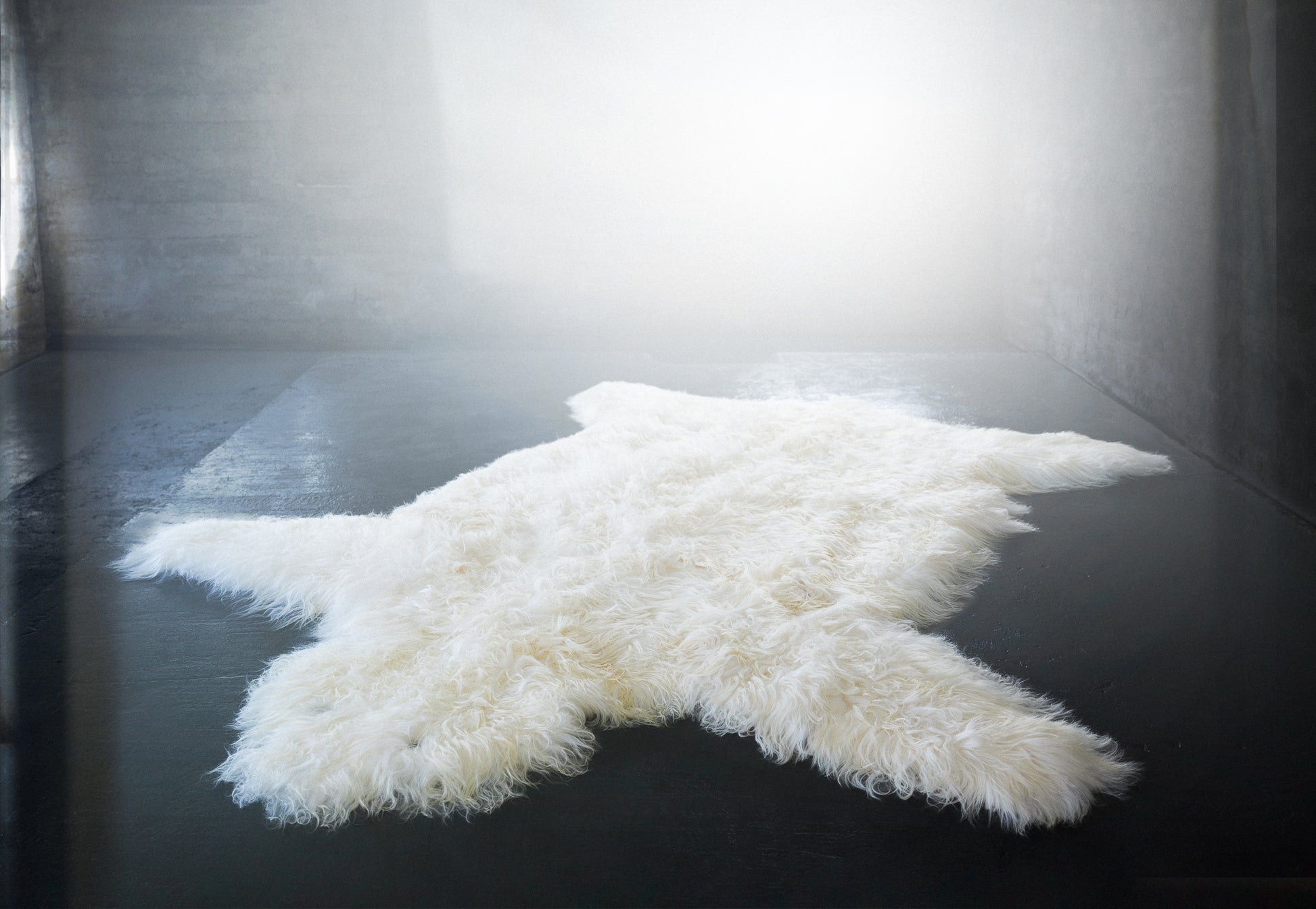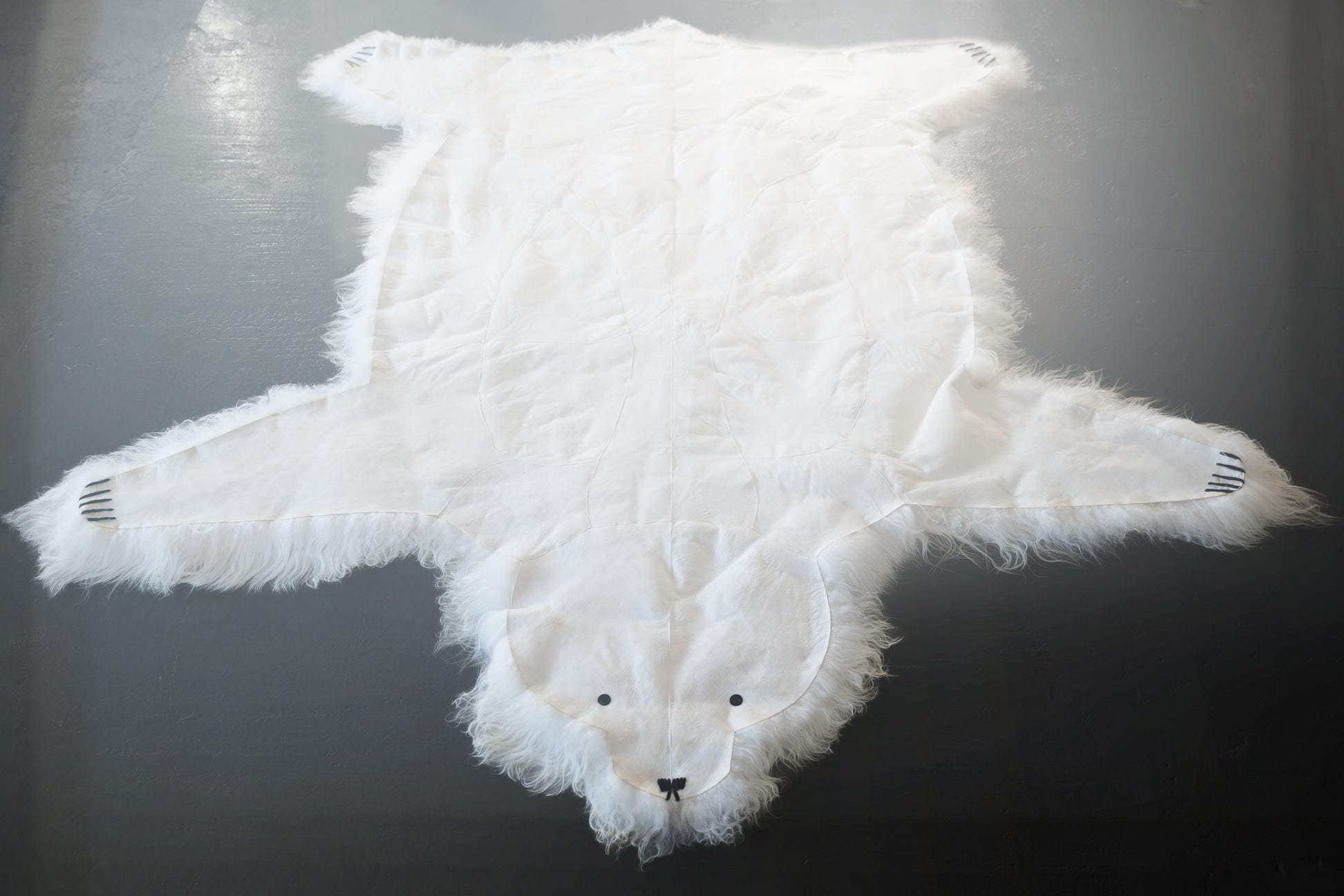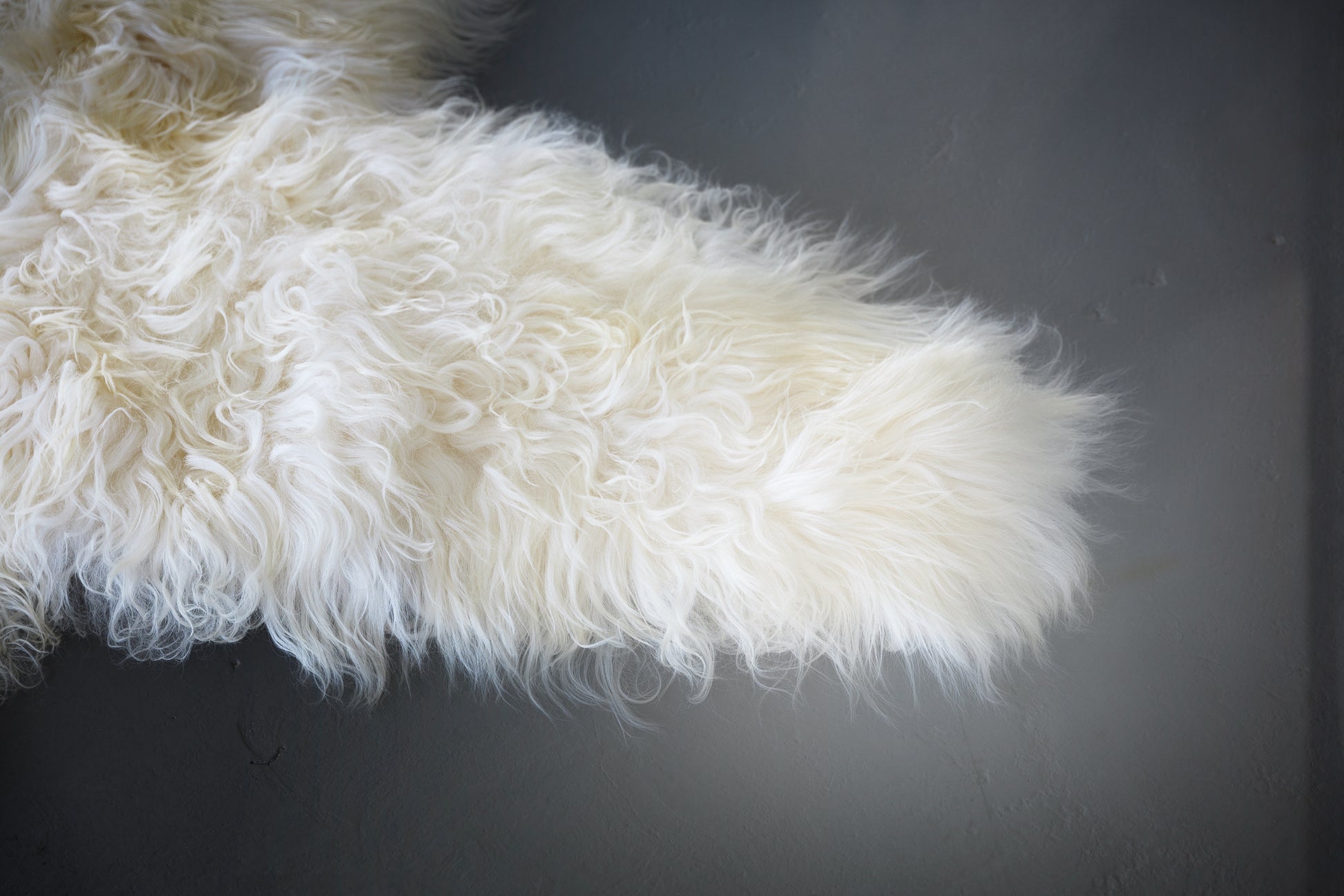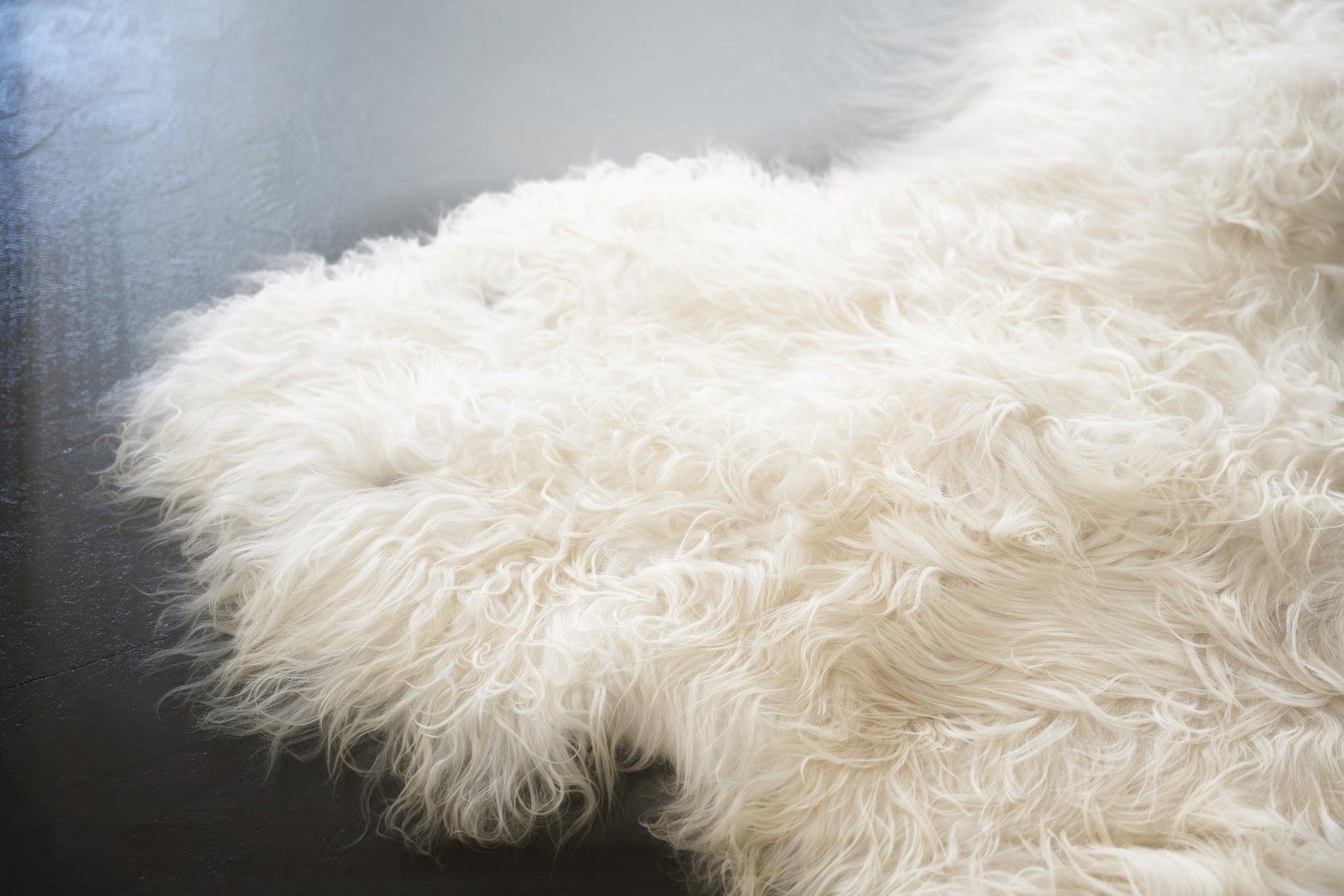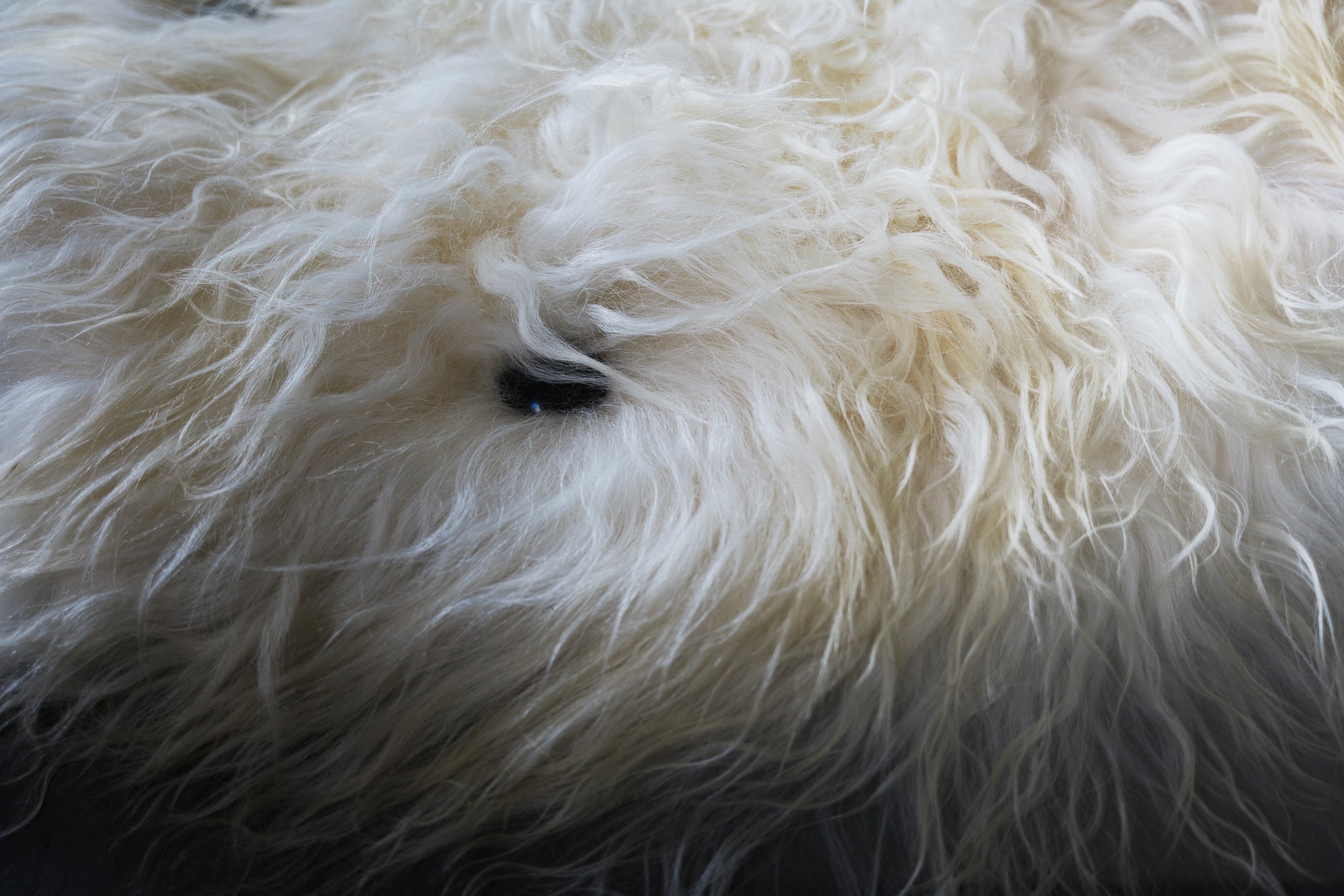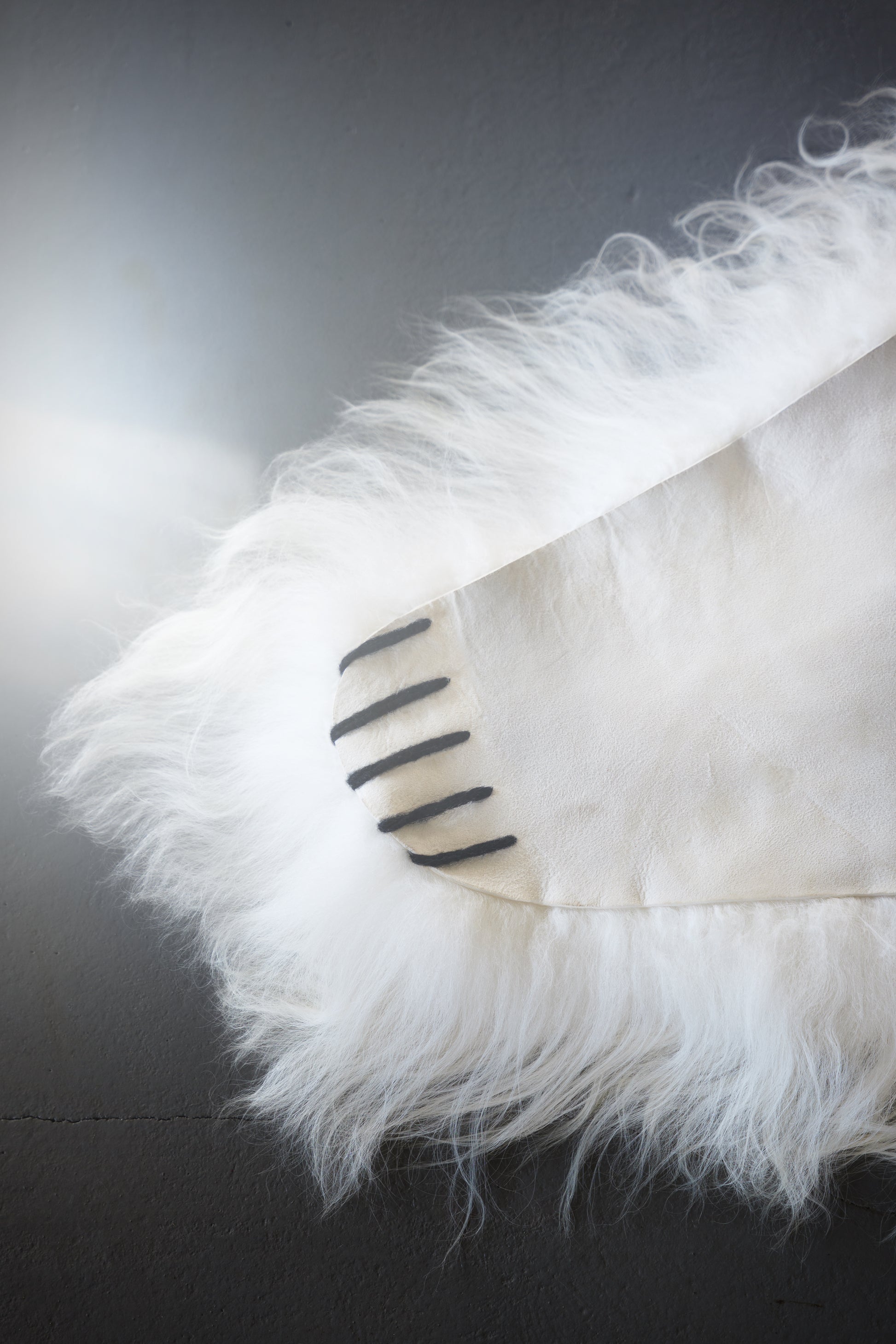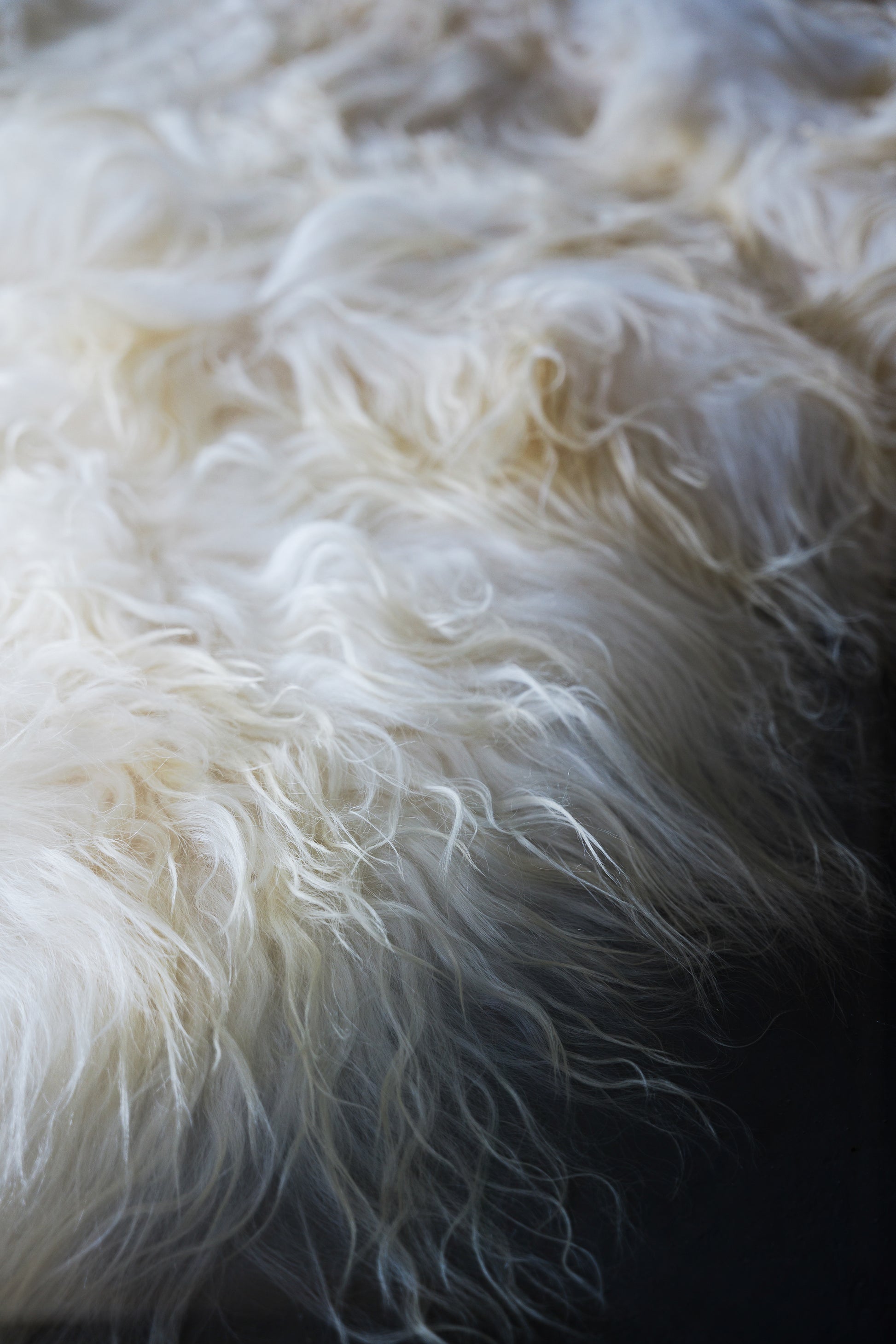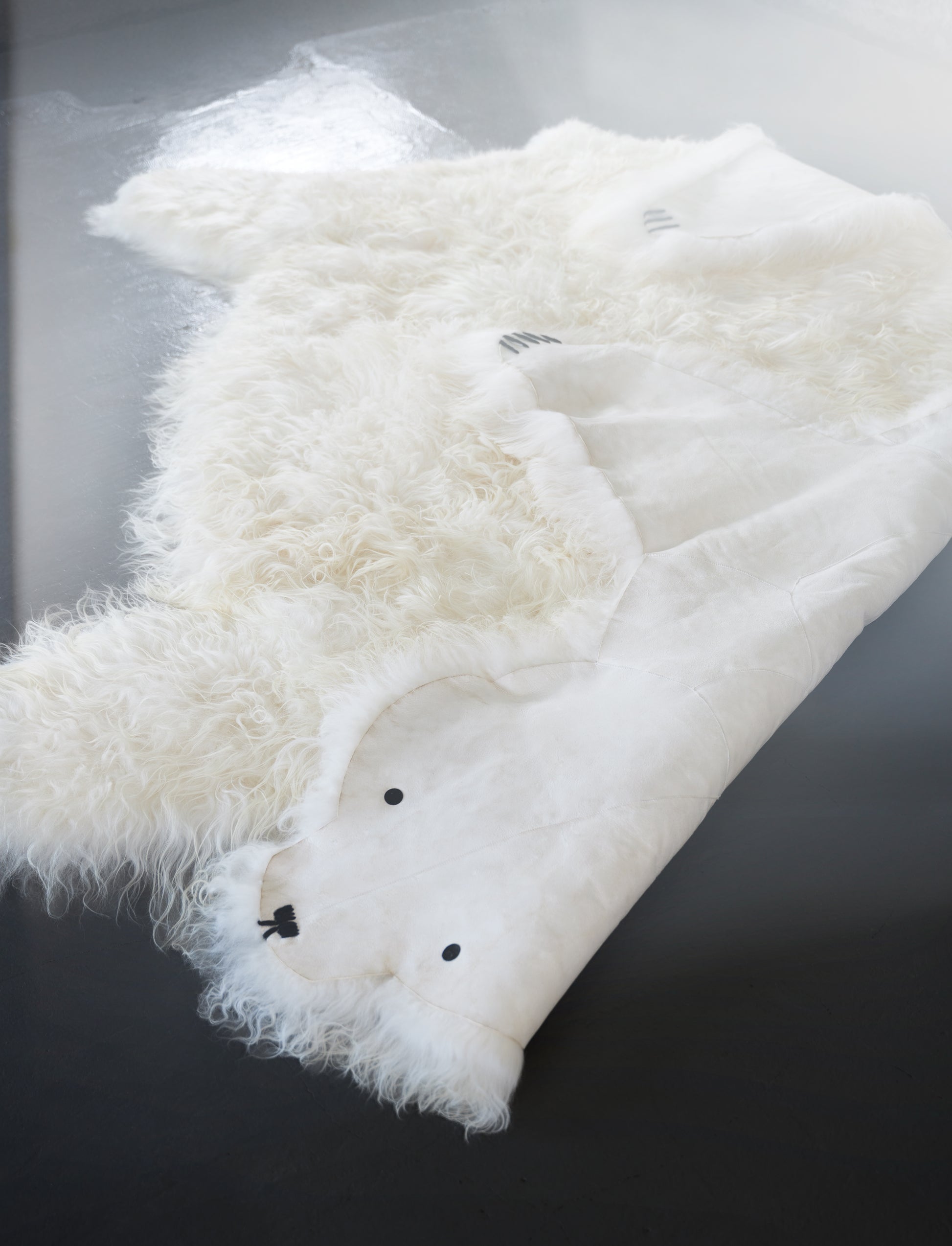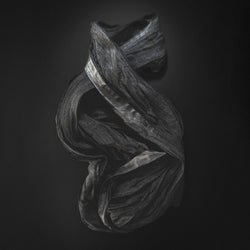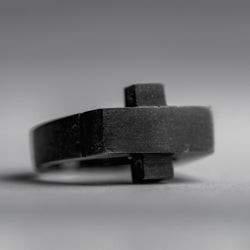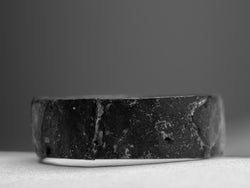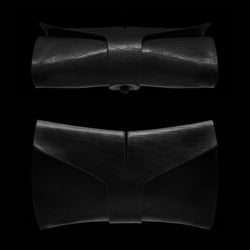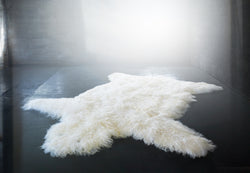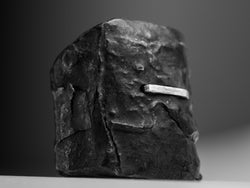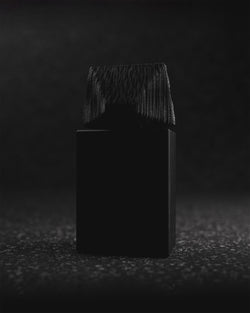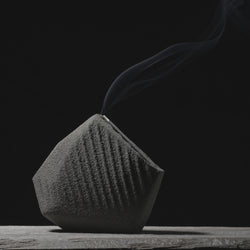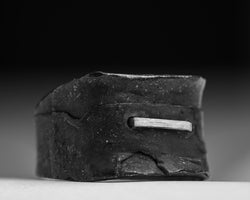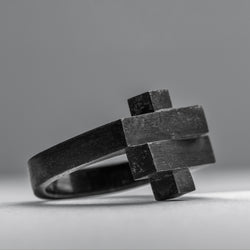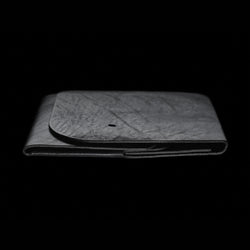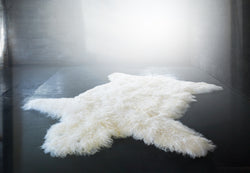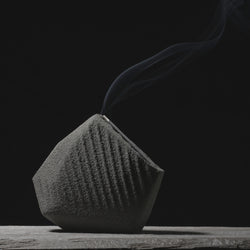ÍSBJÖRN
ÍSBJÖRN
SR108
Couldn't load pickup availability
ÍSBJÖRN, translating directly as Ice Bear, is a three meter long Arctic bear rug, made from 15 heritage lamb skins of incredibly long fur regionally sourced in Iceland, tanned seasonally, and assembled with hand bound detailing, and glass eyes by master furriers in Copenhagen.
Constructed from chrome tanned skins, and real fur, the colossal rug weighs 8 kilos, with a total area dimension of 300 x 245 cm and is presented folded and placed in a custom box.
This grounding object tethers you to your space, anchoring you to the floor, for fostering those moments of togetherness.
One color option is available, a white that expresses a yellow hue over time as exposed to fluctuating packets of photons.
Each piece is numbered and presented in a custom box.
No two bears are the same.
Dimensions of ÍSBJÖRN - 300 cm x 245 cm
Weight - 8 KG
MATERIAL - LAMB SKIN,LAMB WOOL, GLASS
EDITION BATCH SIZE - 10
Usage and Care
Usage and Care
The exceptional qualities of Icelandic lamb skin and wool deserve special care to maintain their unique attributes.
Dry cleaning is not recommended, as it strips the natural oils from the skin and
wool, leaving them scratchy and rough.
Instead, gentle wool cleaners are advised for cleaning these pelts, preserving their
softness and luster.
Icelandic wool is renowned for its extraordinary properties. It is remarkably lightweight, yet offers unparalleled warmth, water-resistance, and flexibility.
Though slightly organic to the touch, it provides an enveloping warmth that is truly
remarkable.
Further care and cleaning information is provided on request.
Material
Material
Pure descendants of the same stock as the Norwegian Spelsau, the Icelandic sheep
were brought to Iceland by the Vikings before 900 BCE. For over one thousand years, these resilient sheep have been bred unmixed in a harsh and bitter environment, thriving as efficient herbivores, adapting to their challenging
surroundings in the barren moss-fields of Iceland.
During the winter, the sheep are left to roam uncut, resulting in wool lengths of up to 200 mm.
Their fleece is unique, comprising dual-coated fibers: coarse and fine.
Tog, the outer coat, is a durable medium wool (27 micrometers in diameter) used for weaving, known for its length, glossiness, toughness, and water resistance. The inner coat, Thel, is finer at around 20 micrometers.
This robust and insulating wool offered the Vikings exceptional resistance to the cold
throughout their lives as makers of the Sagas.
Shipping and Production
Shipping and Production
ÍSBJÖRN is produced in Denmark, from Icelandic lamb skin, and shipped directly from the
workshop it is made in, by courier.
This item is made to order with a lead time of up to 21 days.
Exchanges
Exchanges
This is a custom made piece.
We want you to choose carefully and make sure this is something you want.
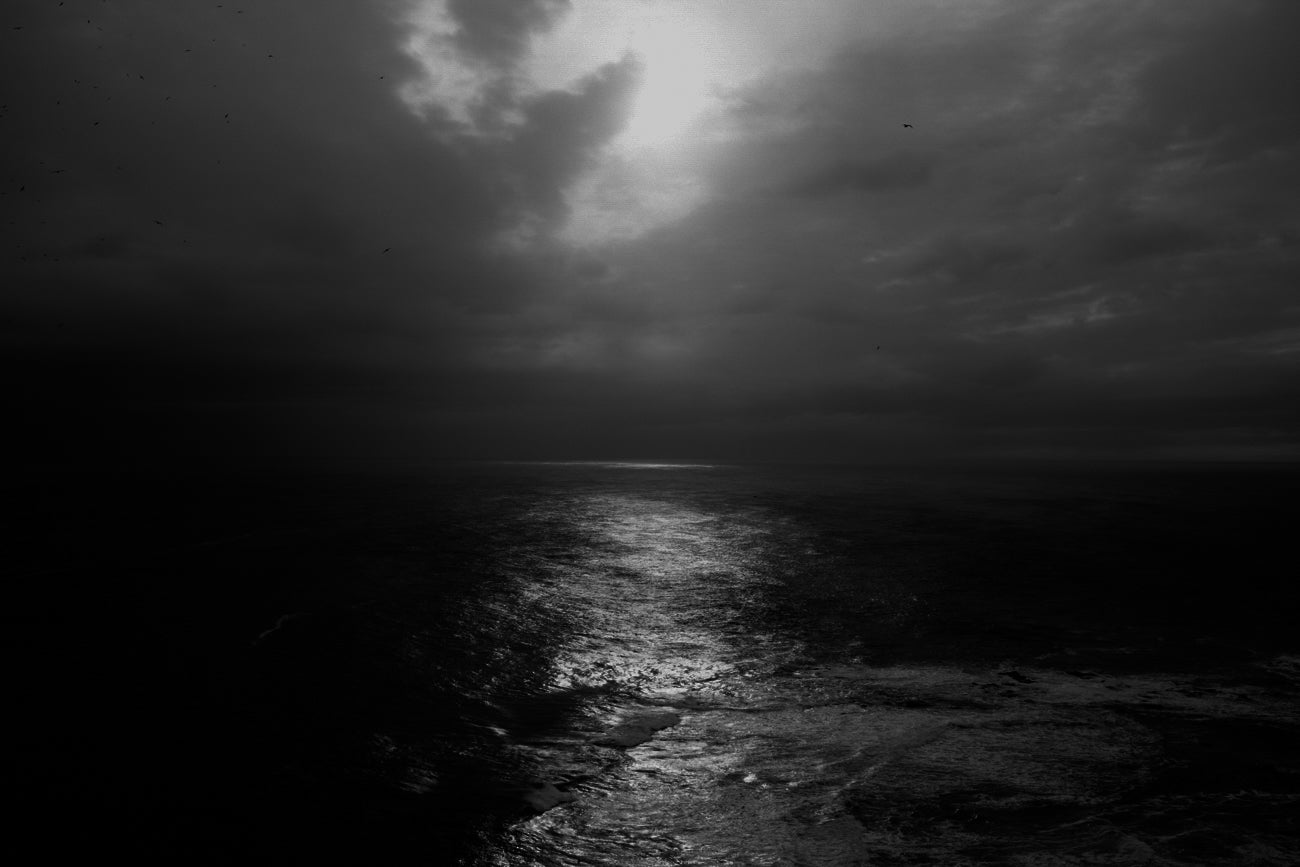
Explore Pairings
ÍSBJÖRN
ÍSBJÖRN
SR108
Couldn't load pickup availability
ÍSBJÖRN, translating directly as Ice Bear, is a three meter long Arctic bear rug, made from 15 heritage lamb skins of incredibly long fur regionally sourced in Iceland, tanned seasonally, and assembled with hand bound detailing, and glass eyes by master furriers in Copenhagen.
Constructed from chrome tanned skins, and real fur, the colossal rug weighs 8 kilos, with a total area dimension of 300 x 245 cm and is presented folded and placed in a custom box.
This grounding object tethers you to your space, anchoring you to the floor, for fostering those moments of togetherness.
One color option is available, a white that expresses a yellow hue over time as exposed to fluctuating packets of photons.
Each piece is numbered and presented in a custom box.
No two bears are the same.
Dimensions of ÍSBJÖRN - 300 cm x 245 cm
Weight - 8 KG
MATERIAL - LAMB SKIN,LAMB WOOL, GLASS
EDITION BATCH SIZE - 10
Usage and Care
Usage and Care
The exceptional qualities of Icelandic lamb skin and wool deserve special care to maintain their unique attributes.
Dry cleaning is not recommended, as it strips the natural oils from the skin and
wool, leaving them scratchy and rough.
Instead, gentle wool cleaners are advised for cleaning these pelts, preserving their
softness and luster.
Icelandic wool is renowned for its extraordinary properties. It is remarkably lightweight, yet offers unparalleled warmth, water-resistance, and flexibility.
Though slightly organic to the touch, it provides an enveloping warmth that is truly
remarkable.
Further care and cleaning information is provided on request.
Material
Material
Pure descendants of the same stock as the Norwegian Spelsau, the Icelandic sheep
were brought to Iceland by the Vikings before 900 BCE. For over one thousand years, these resilient sheep have been bred unmixed in a harsh and bitter environment, thriving as efficient herbivores, adapting to their challenging
surroundings in the barren moss-fields of Iceland.
During the winter, the sheep are left to roam uncut, resulting in wool lengths of up to 200 mm.
Their fleece is unique, comprising dual-coated fibers: coarse and fine.
Tog, the outer coat, is a durable medium wool (27 micrometers in diameter) used for weaving, known for its length, glossiness, toughness, and water resistance. The inner coat, Thel, is finer at around 20 micrometers.
This robust and insulating wool offered the Vikings exceptional resistance to the cold
throughout their lives as makers of the Sagas.
Shipping and Production
Shipping and Production
ÍSBJÖRN is produced in Denmark, from Icelandic lamb skin, and shipped directly from the
workshop it is made in, by courier.
This item is made to order with a lead time of up to 21 days.
Exchanges
Exchanges
This is a custom made piece.
We want you to choose carefully and make sure this is something you want.

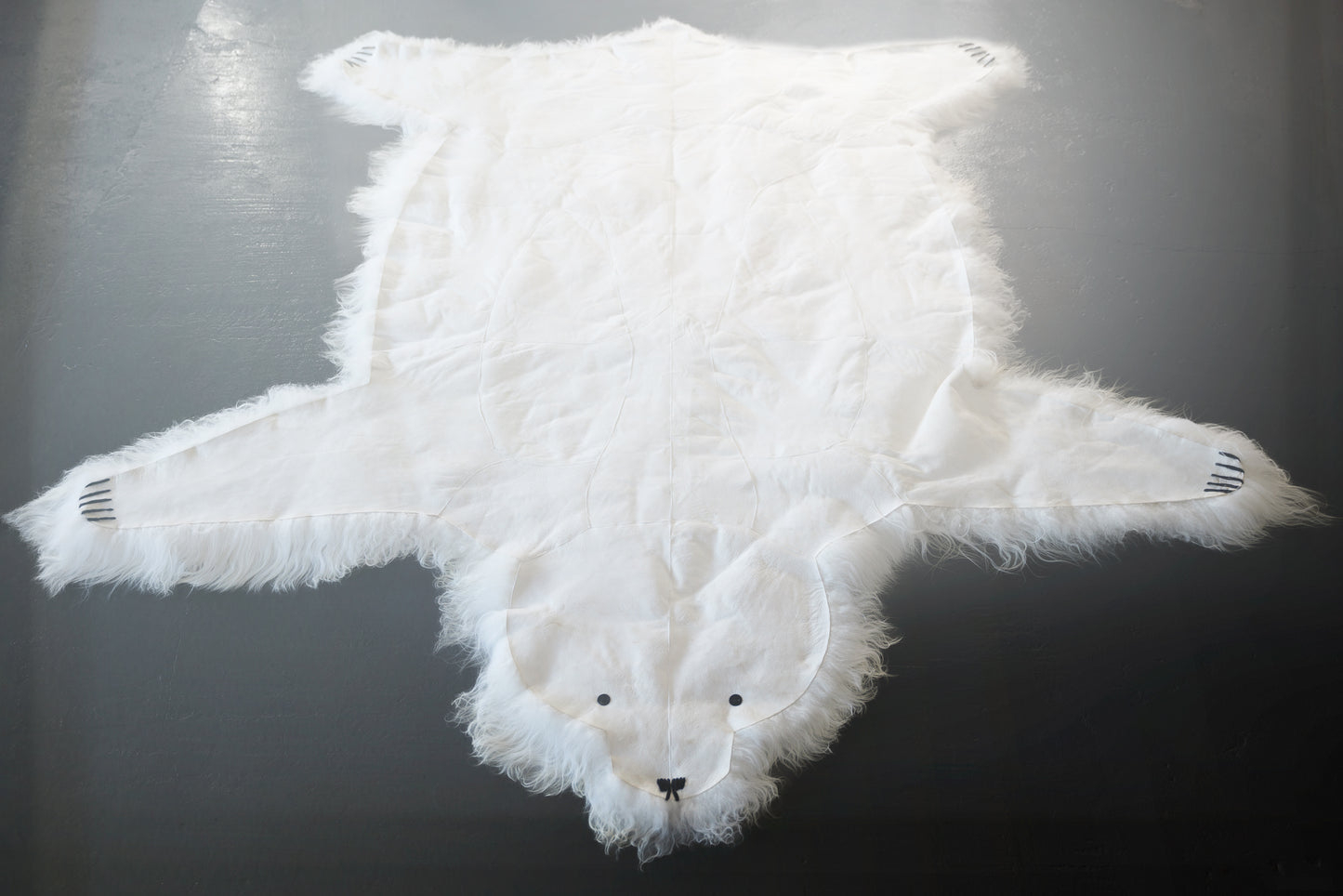
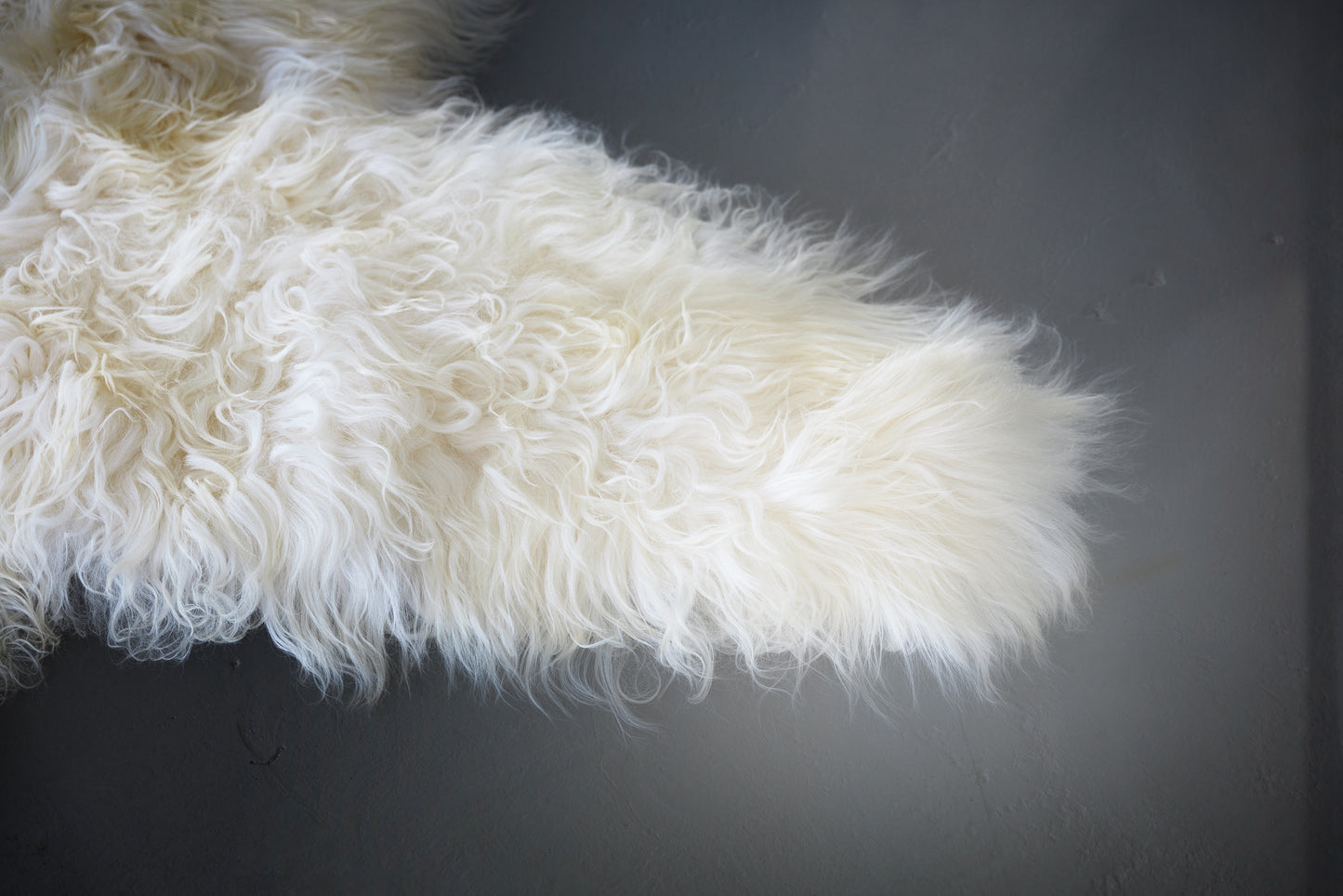
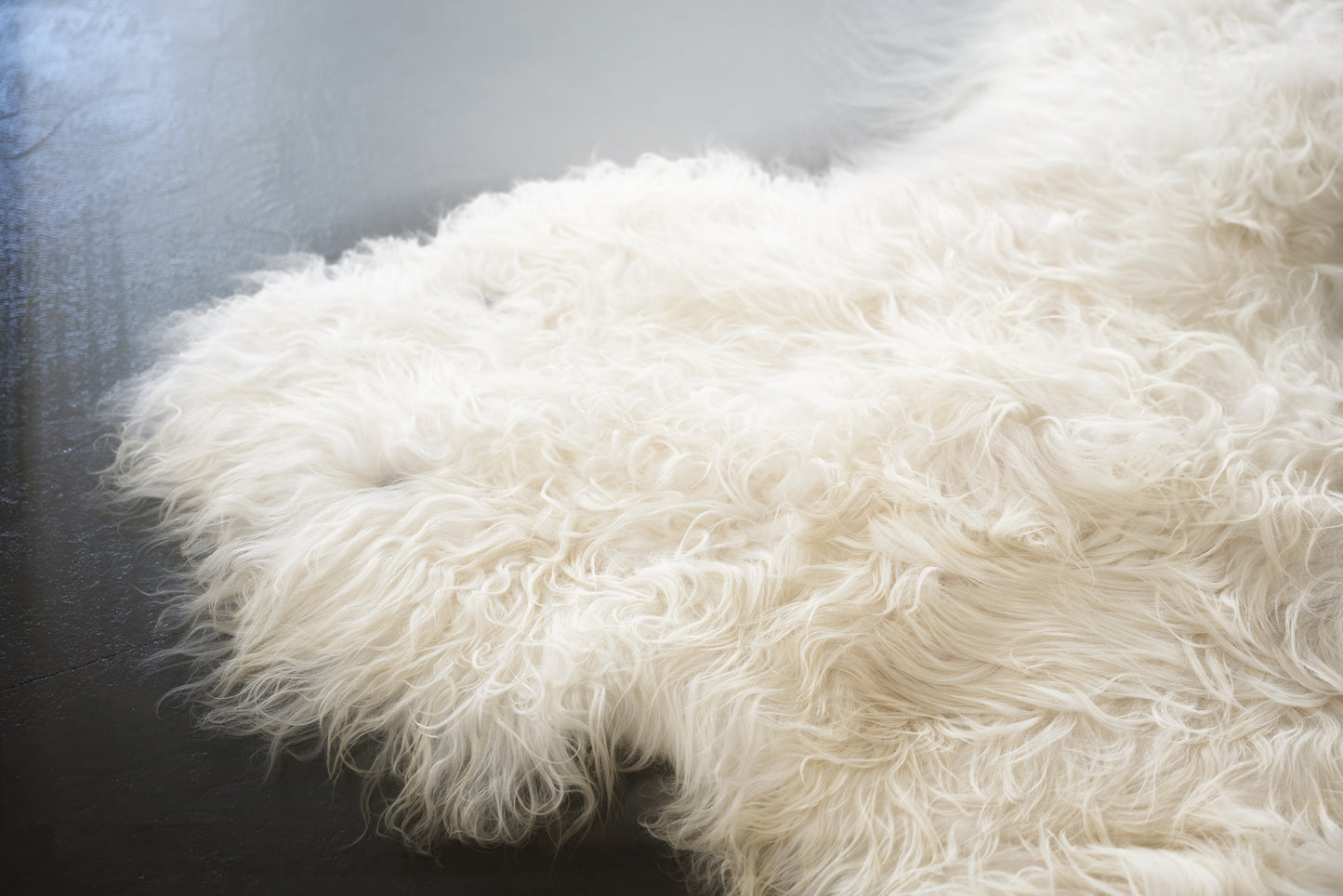
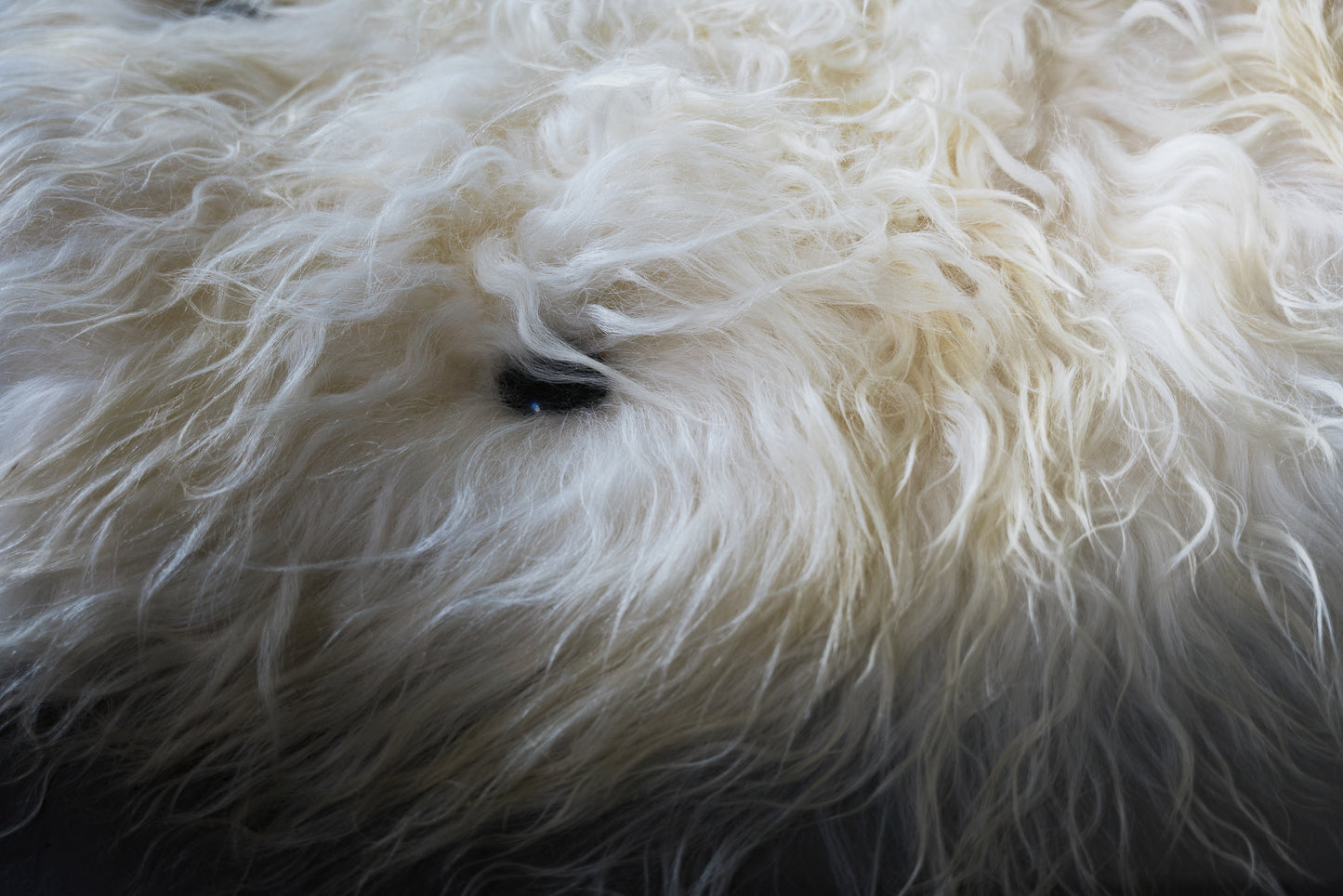
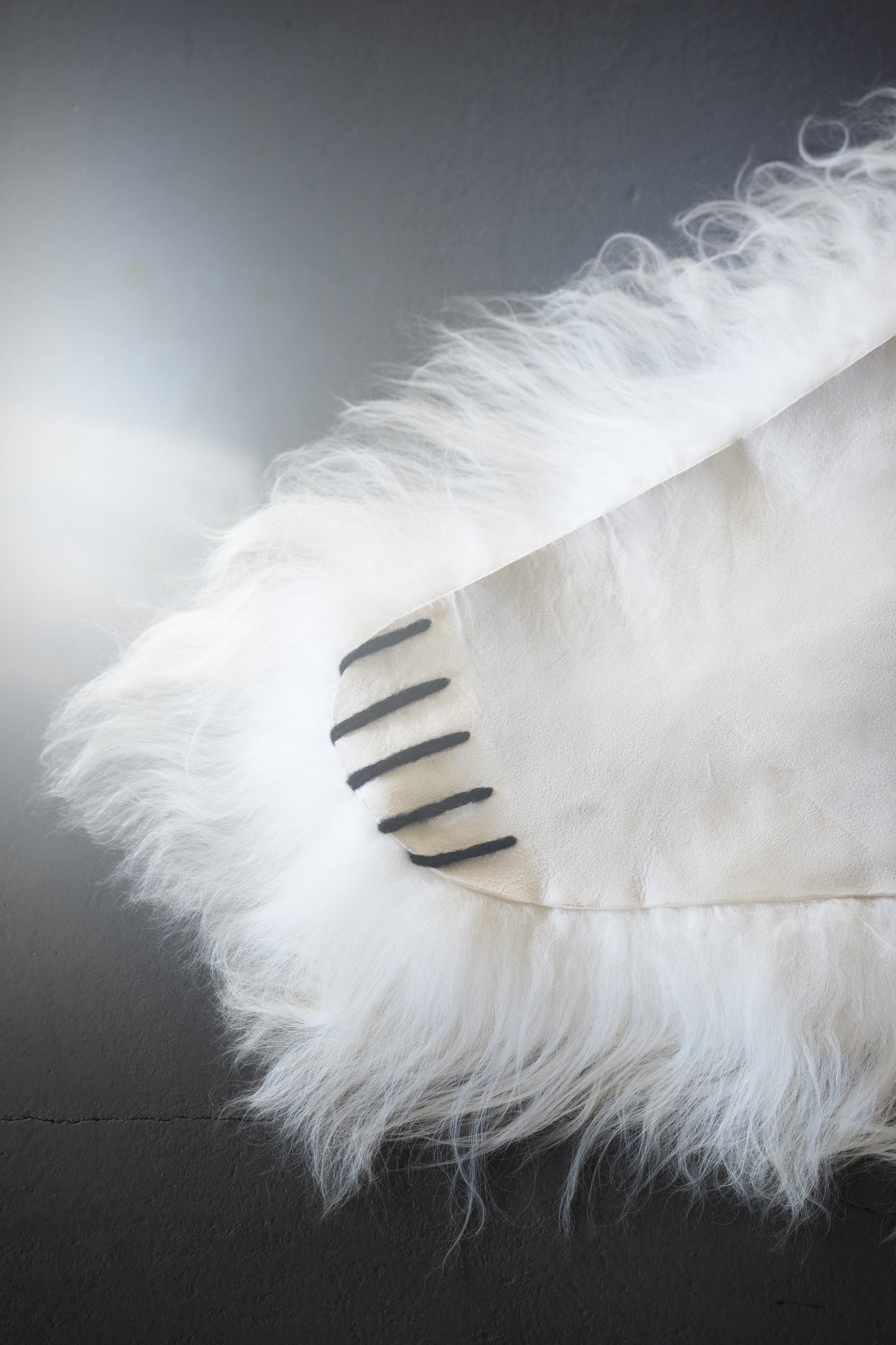
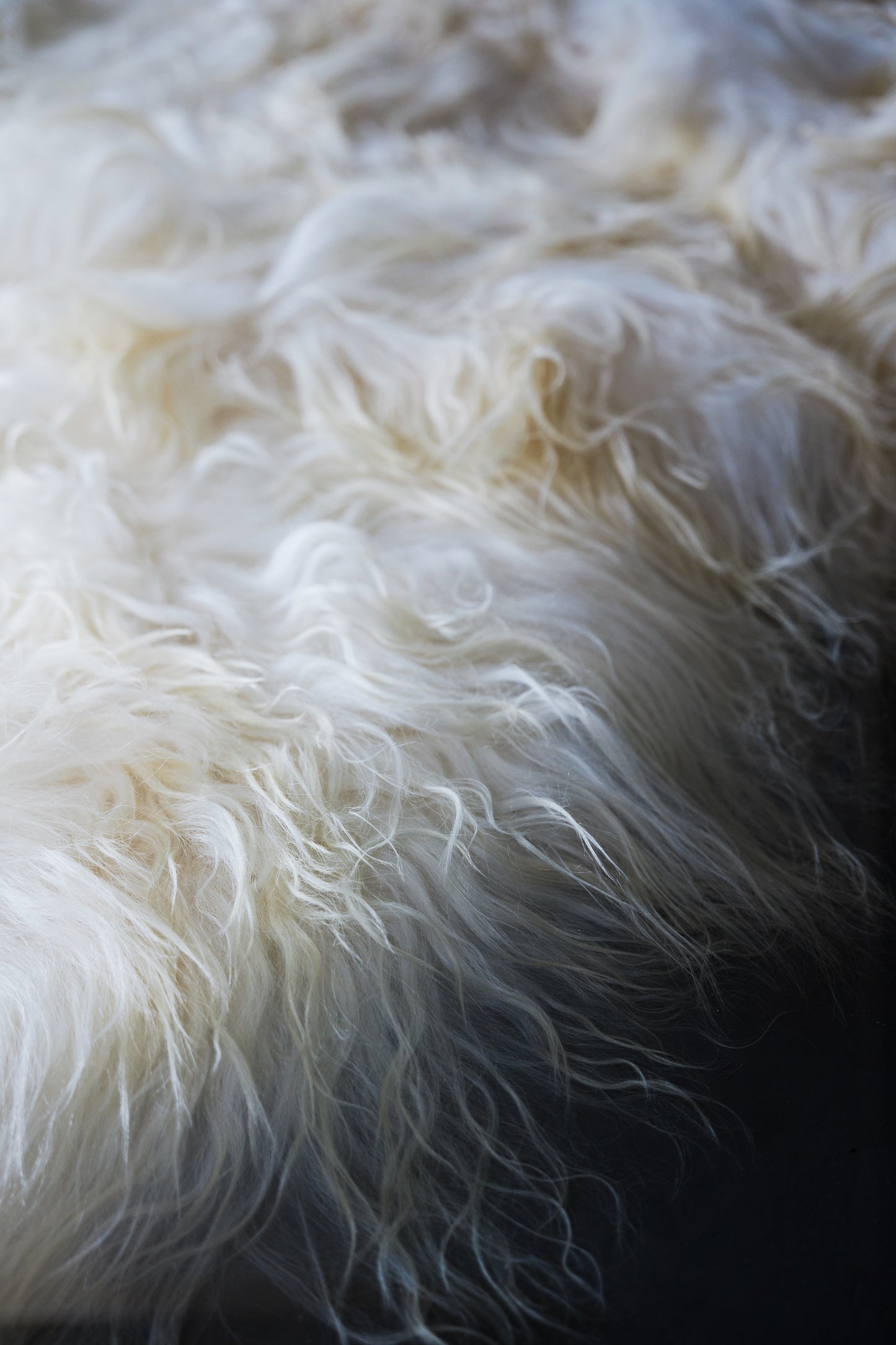
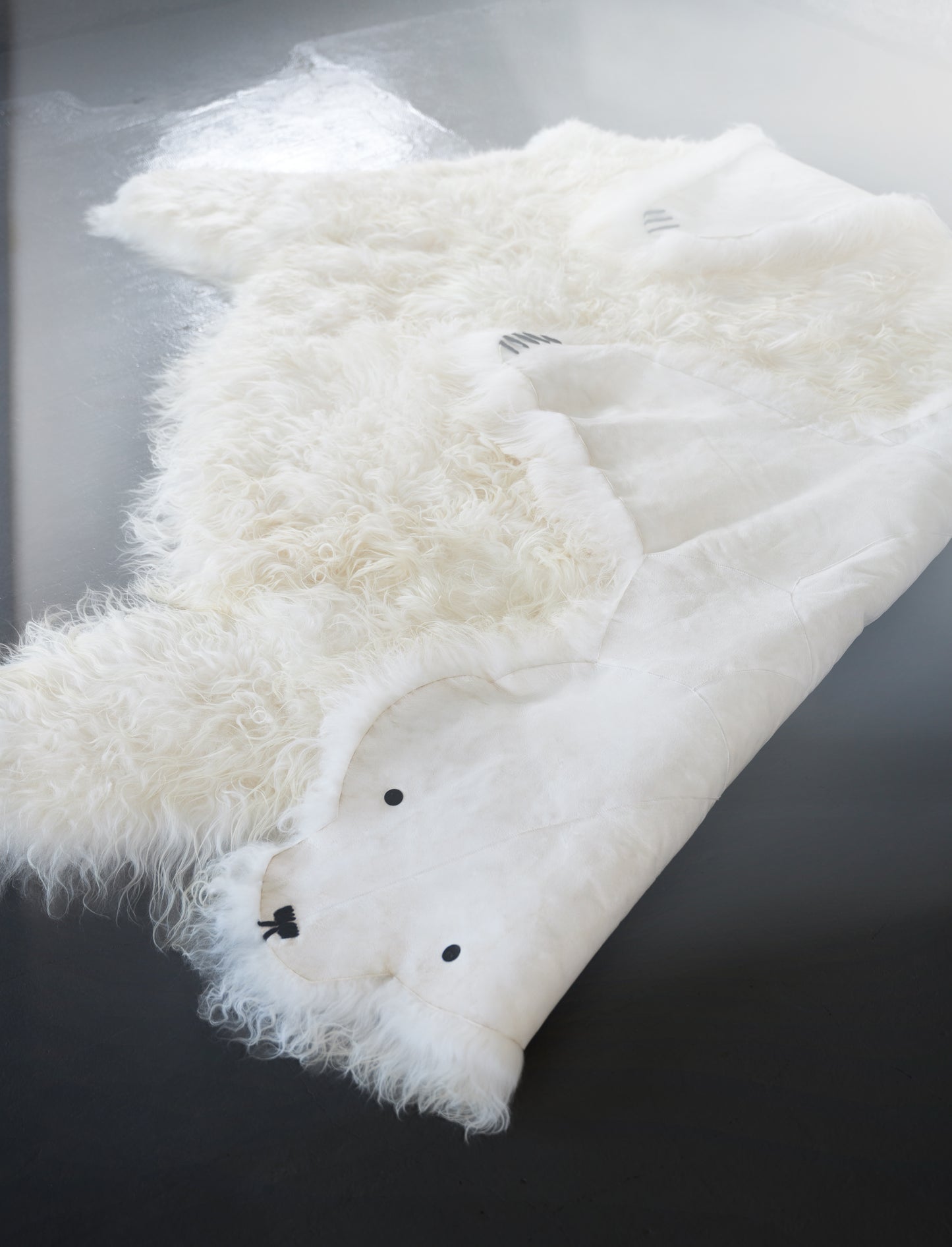
TERMS & CONDITIONS
BEFORE YOU ORDER
ÍSBJÖRN has a shipping lead time of up to 21 days. Worldwide shipping is from Denmark.
ÍSBJÖRN has specific use and care instructions.
By adding to cart, I confirm that I have read and accepted these terms before purchase.
THE EDITIONS ARE BATCH-PRODUCED IN A LIMITED AMOUNT
Be the first to know about new objects and limited editions

